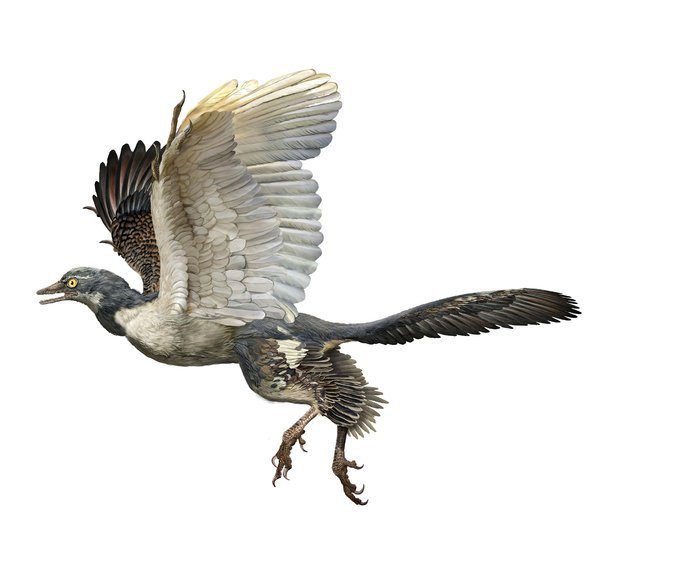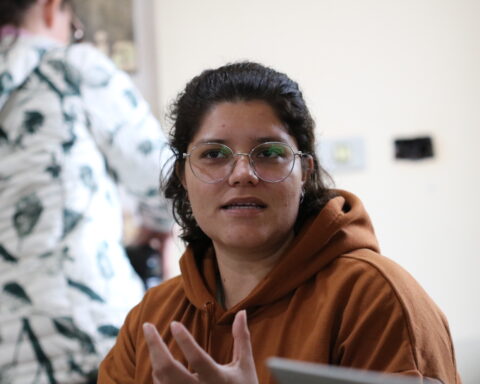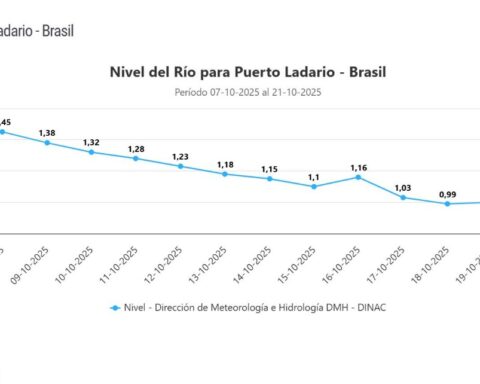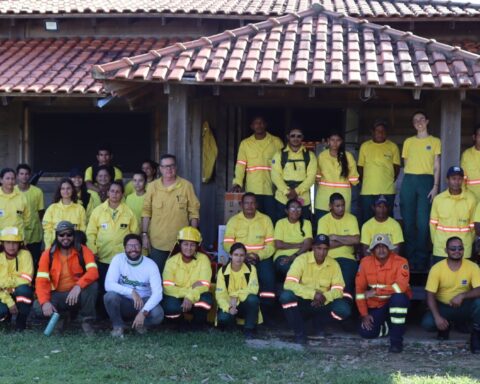John Noble Wilford/Richard Dawkins Foundation

At a preview of the new American Museum of Natural History exhibition “Dinosaurs Among Us,” scientists gave a tip of the hat to Thomas Henry Huxley, the man who proposed in the 1860s that dinosaurs never really vanished from Earth. Most did go extinct, but their evolutionary legacy lives all around us. They are birds, all 18,000 species of them.
While Charles Darwin’s book of books, “On the Origin of Species by Means of Natural Selection,” was still in print in 1859, Huxley, a lecturer in paleontology and natural history in London, wrote a favorable review and became a convert to Darwin’s theory. In a debate the next year, Huxley got the better of the bishop of Oxford, and became known thereafter as Darwin’s bulldog. He was also the first in a long line of Huxleys who distinguished themselves in science and the arts.
A few years later, Huxley enlisted Archaeopteryx, a fossil specimen found in a Bavarian limestone quarry, in his defense of Darwin. He was struck by the specimen’s many reptilian features; but for a feather in the fossil, it would probably have been misidentified as a reptile. In a report in 1867, Huxley established the evolutionary relationship of birds and reptiles, citing 14 anatomical features that occur in birds and reptiles alike, but not in mammals.
Archaeopteryx was one of those “missing links” in the fossil record that Darwin worried was a weakness in this theory of evolution. Huxley called attention to the feathers and wishbone of this early bird and the long bony tail of a reptile. This was a species in transition.
Why has it taken so long to recognize that Huxley had almost certainly been right about the origin of birds from some meat-eating theropod dinosaurs?
Mark A. Norell, the chairman of the division of paleontology at A.M.N.H. and curator of the exhibition, had long been a staunch proponent of a dinosaur-bird link. A lot of evidence amassed over the last two decades, especially the numbers of feathered dinosaurs found in China, moved paleontologists to organize the exhibition as a kind of victory lap.
“I think this is really going to shake up the way people think of dinosaurs,” Dr. Norell said.




